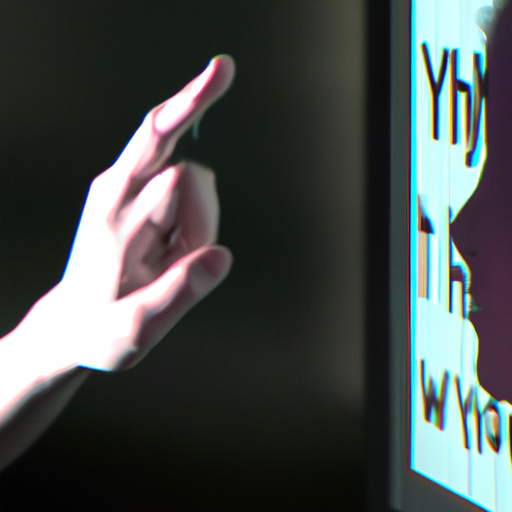Yellow fever is a viral disease that is transmitted by mosquitoes. It is primarily found in tropical regions of Africa and South America. The disease gets its name from the yellowing of the skin and eyes that occurs in some infected individuals. Yellow fever can range from mild to severe, and in severe cases, it can be life-threatening. In this article, we will explore the symptoms, causes, treatment, and prevention of yellow fever.
Fever: The Initial Sign
One of the first symptoms of yellow fever is a high fever, which can reach up to 104°F (40°C). This fever is often accompanied by other flu-like symptoms such as headache, muscle aches, and fatigue. These initial symptoms can last for a few days and then subside.
Jaundice: A Yellowing of the Skin
After the initial symptoms, some individuals may develop jaundice, which is the yellowing of the skin and eyes. This occurs due to liver damage caused by the virus. Jaundice is often accompanied by other symptoms such as nausea, vomiting, and abdominal pain.
Bleeding: A Serious Complication
In severe cases of yellow fever, bleeding can occur. This can manifest as blood in the vomit, urine, or stools. Bleeding can also occur from the nose, gums, or eyes. This is a serious complication and requires immediate medical attention.
Treatment: Rest and Supportive Care
Unfortunately, there is no specific antiviral treatment for yellow fever. The focus of treatment is on relieving symptoms and providing supportive care. This includes getting plenty of rest, staying hydrated, and taking over-the-counter pain relievers to reduce fever and muscle aches.
Seek Medical Attention
If you suspect you have yellow fever, it is important to seek medical attention immediately. A healthcare professional can provide a proper diagnosis and monitor your condition closely. In severe cases, hospitalization may be necessary.
Prevention: Vaccination is Key
The best way to prevent yellow fever is through vaccination. The yellow fever vaccine is highly effective and provides long-lasting immunity. It is recommended for individuals traveling to areas where yellow fever is endemic. Some countries may even require proof of vaccination before entry.
Mosquito Control
In addition to vaccination, it is important to take measures to prevent mosquito bites. This includes using insect repellent, wearing long sleeves and pants, and staying in air-conditioned or screened-in areas. Mosquito control measures, such as eliminating standing water where mosquitoes breed, can also help reduce the risk of yellow fever.
Real-World Analogy: The Firefighter and the Fire
Think of yellow fever as a fire and the symptoms as the smoke. The initial symptoms, such as fever and headache, are like the first signs of smoke. They indicate that something is wrong, but the fire is still manageable. However, if the fire is not extinguished, it can spread and cause more damage, just like how yellow fever can progress to more severe symptoms like jaundice and bleeding.
Conclusion
Yellow fever is a viral disease that can cause a range of symptoms, from mild to severe. It is important to recognize the initial signs of yellow fever, such as fever and headache, and seek medical attention if necessary. Vaccination is the best way to prevent yellow fever, along with taking measures to avoid mosquito bites. By understanding the symptoms, causes, treatment, and prevention of yellow fever, individuals can protect themselves and others from this potentially life-threatening disease.








